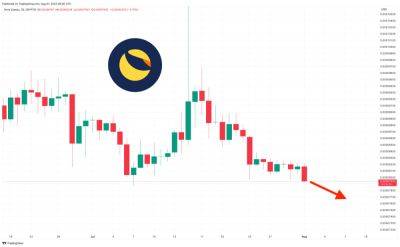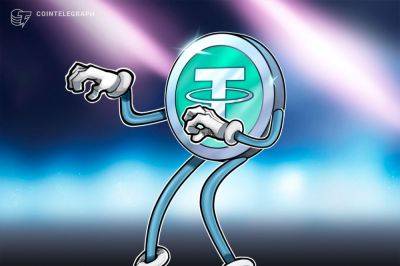What is Bitcoin Ordinals?
Bitcoin Ordinals, also known as digital artifacts, are a way to inscribe digital content on the Bitcoin blockchain. They were introduced in January 2023 by Casey Rodarmor, a programmer and artist, who saw an opportunity to create a unique experience on the Bitcoin blockchain similar to non-fungible tokens (NFTs) on Ethereum and other blockchains.
What are Bitcoin Ordinals?
Bitcoin Ordinals are a system for numbering and tracking individual satoshis (the smallest unit of Bitcoin), transforming them into non-fungible tokens (NFTs). Ordinals are based on ordinal theory, which gives individual identities to satoshis and allows them to be tracked, transferred, and imbued with meaning.
The Ordinals protocol assigns a unique number to each satoshi based on when it was mined. Smaller numbers correspond to older satoshis. As transactions occur, the Ordinals protocol tracks each satoshi through subsequent transactions in a «first-in-first-out» scheme. The satoshis' identifying numbers are called Ordinals, as both the identification and the tracking mechanism are dependent on the chronological order of creation and transactions.
How do Bitcoin Ordinals work?
Ordinals simply refer to the system for numbering and tracking satoshis. Each satoshi is assigned a unique identifying number when they are created (mined) which can be traced through every subsequent transaction. Each satoshi identified by the Ordinals protocol can also be referred to as an Ordinal.
The Ordinals protocol assigns a number to each satoshi based on the order in which it was created, called the integer. It also assigns a decimal based on the satoshi’s position in the block height of its Bitcoin block. Finally, its position in the entire Bitcoin
Read more on blockchain.news

 blockchain.news
blockchain.news




















